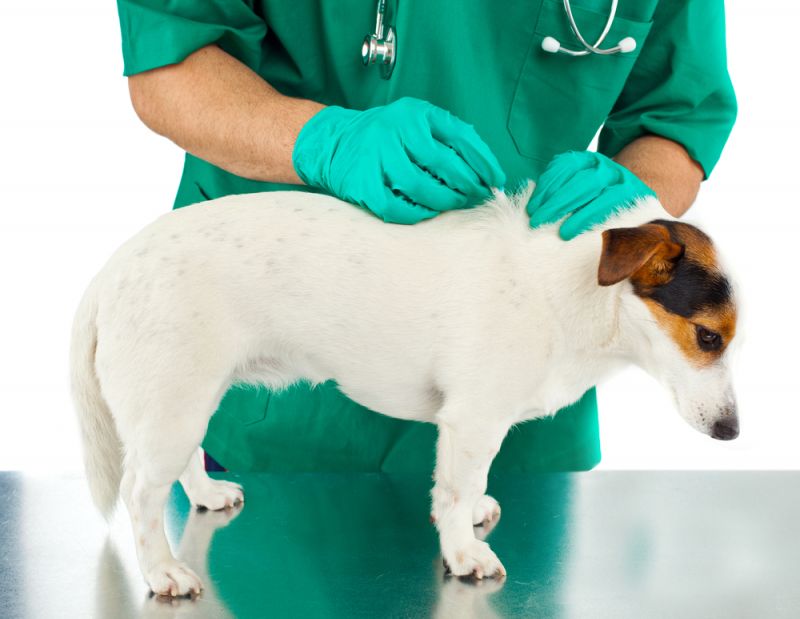
Vaccines are an important tool for disease prevention in individual animals, as well as for disease control on a global scale. Vaccinations are designed to strengthen your pet's immune system against infectious disease, to either prevent or minimize symptoms, should they later become infected.
You may have wondered why puppies and kittens receive a series of vaccinations. New born animals have naturally occurring immunity to disease, which they receive from their mothers during pregnancy and while nursing. This natural immunity begins to fade over the first few months of life, putting them at risk for infection. This preexisting immunity, while present, also hinders an animal’s ability to mount their own individual immune response, and limits the effectiveness of vaccines. This creates a conundrum for veterinarians because we don’t know the exact point at which any given animal will lose their preexisting immunity. For this reason a series of vaccines is essential to ensure that we vaccinate early enough to prevent disease but late enough to impart long term immunity.
Vaccination protocols have changed greatly over the years and the veterinary community now has created general guidelines for the vaccination of our pet population. Recommended vaccines are classified as either “core,” which every animal should receive, and "non-core,” which are given more sparingly, depending on life style. A conversation with your veterinarian is the best way to determine which non-core vaccines are right for your pet, and to make a vaccination plan specifically tailored for them.
There are two core dog vaccinations. The first is rabies, which is required by law, due to its potential to spread to human beings. The second is DAPP, which protects dogs from some potentially fatal viral diseases, including parvovirus and distemper. Several non-core vaccines exist for dogs which you and your veterinarian can decide upon based on your pet’s lifestyle and the diseases they may be at risk of contracting.
Core vaccinations for cats include rabies, and FVRCP, which is primary intended to cover cats for viral upper respiratory infections. One of the primary non-core vaccines for cats is Feline Leukemia Virus (FeLV), a life threatening disease which outdoor cats are at risk of contracting.
There are some inherent health risks associated with giving any vaccination, however most veterinarians would agree that the benefits of proper vaccination far outweigh the risks. If you’ve ever seen a dog infected with parvovirus, I’m confident you would agree with this sentiment. Approximately 1 in every 200 animals will have an adverse vaccine reaction, but generally it’s very mild. Most vaccine reactions are limited to pain at the injection site, but other possible reactions include facial swelling, hives, vomiting, diarrhea, and in rare causes anaphylaxis and shock. Some cats can also develop cancer at the site of injection, years after the inoculation, but this condition is rare (about 1 in 10,000) and modern vaccines put cats at less risk.
Vaccines are important tools available to your veterinarian to prevent serious and often life threatening disease in your pet. Vaccines are also largely responsible for controlling and even eradicating several of the world’s most serious infectious diseases, in both people and animals. By working with your veterinarian a vaccination plan can be made to minimize risk and keep your pet protected.
Tags: vaccines, dogs, cats







